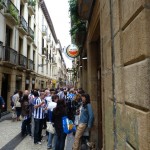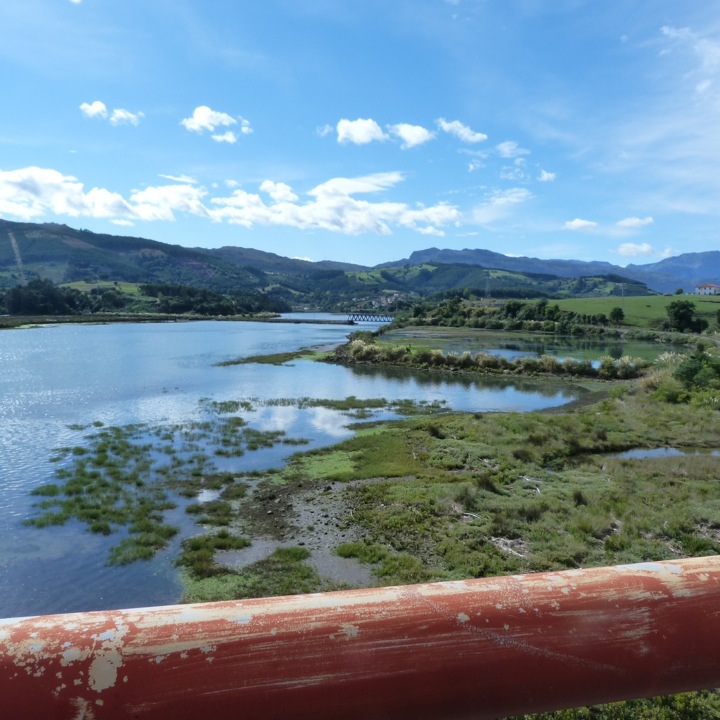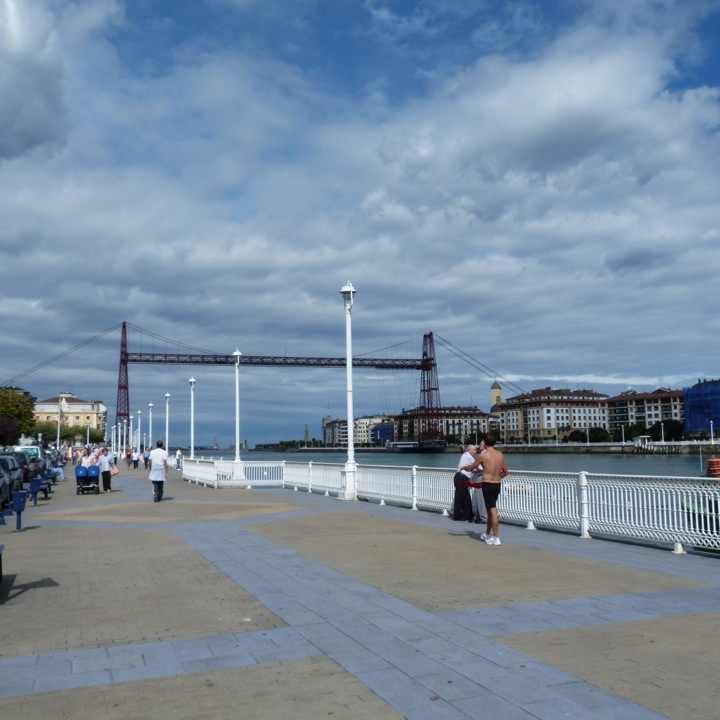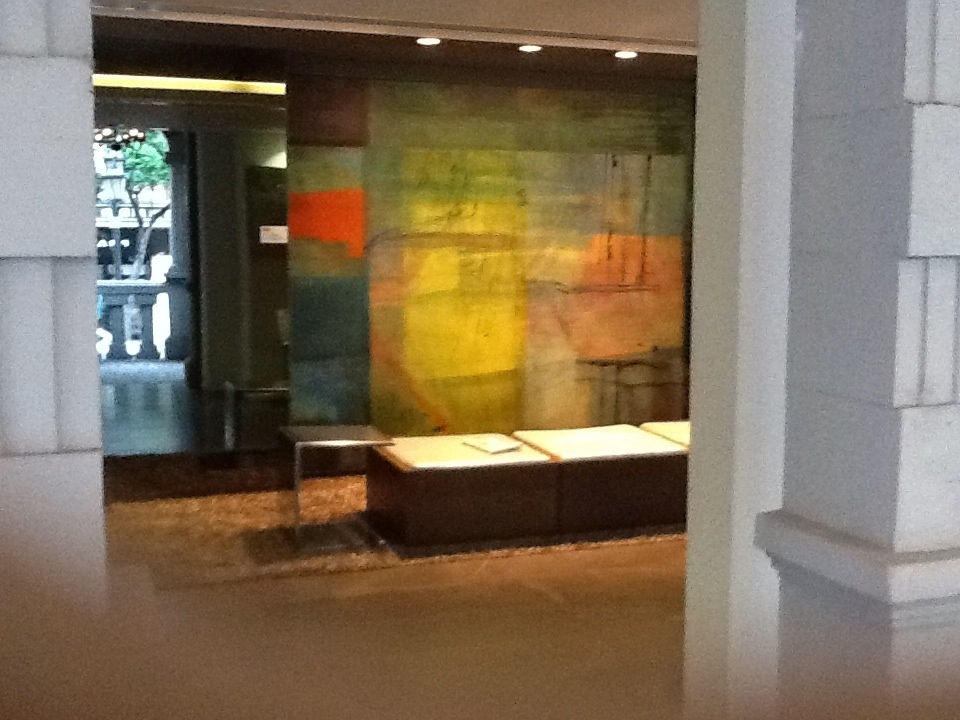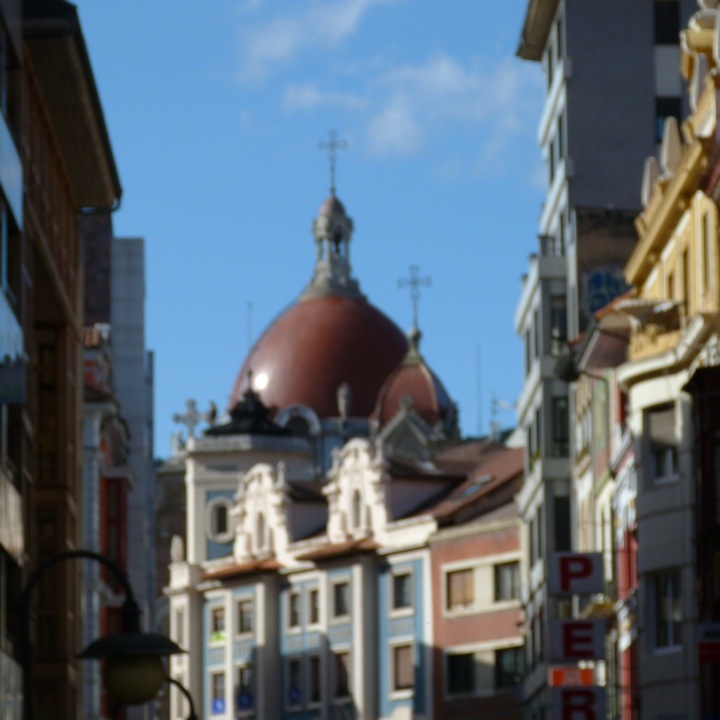If not the Yellow Brick Road it is at least a cobbled ancient road down which we are headed to Suso. To get there though we drove through alpine like mountains with sheep and dairy farms dotting the pine covered mountains. We swooped onto a wide valley to our monastic destination.
Founded in the mid-6th century by a holy man Millán who settled at the site which is now known as the Suso (‘Upper” or “Above”) Monastery. He was joined here by other reclusives and together they founded the Cogolla Community. During Millán’s lifetime a small monastery was built on the hillside in Visigothic style which essentially means (if I understand it) that the interior of the church was carved out of existing natural caves. Enlarged frequently over the next two hundred years and was rebuilt in 929, during the reign of Garcia Sanchez of Navarre funded by his royal donation. Now inaccessible to visitors, we were directed to Yuso.
The first known writing of the Spanish language occurred in the Suso scriptorium in the 9th and 10 centuries, an event largely responsible for Suso/Yuso’s UNESCO heritage status.
Yuso (“Lower” or “Below’) Monastery was added to the general complex in 1504 starting with the church, which was built within sight of the older monastery. This was followed by the two cloisters, sacristy, chapter house, library, gallery, and rooms around the Patio de la Luna. Finally, after numerous repairs, the square in front of the monastery was completed in the 18th century. By the time of the Yuso additions a kind of cult following had built up around the life and work of Millán. Also in architectural history there is a controversy about the evolution of arches whether Moorish, Visigothic or Mozarabic and how that fits into the Christian view of ousting the Moors.
We left Yuso and after a short drive through rolling vineyard covered hills we arrived at our Parador, historic hotel that was once a convent with plenty of time to wander the cobbled streets of the village of Santa Domingo.
Our











